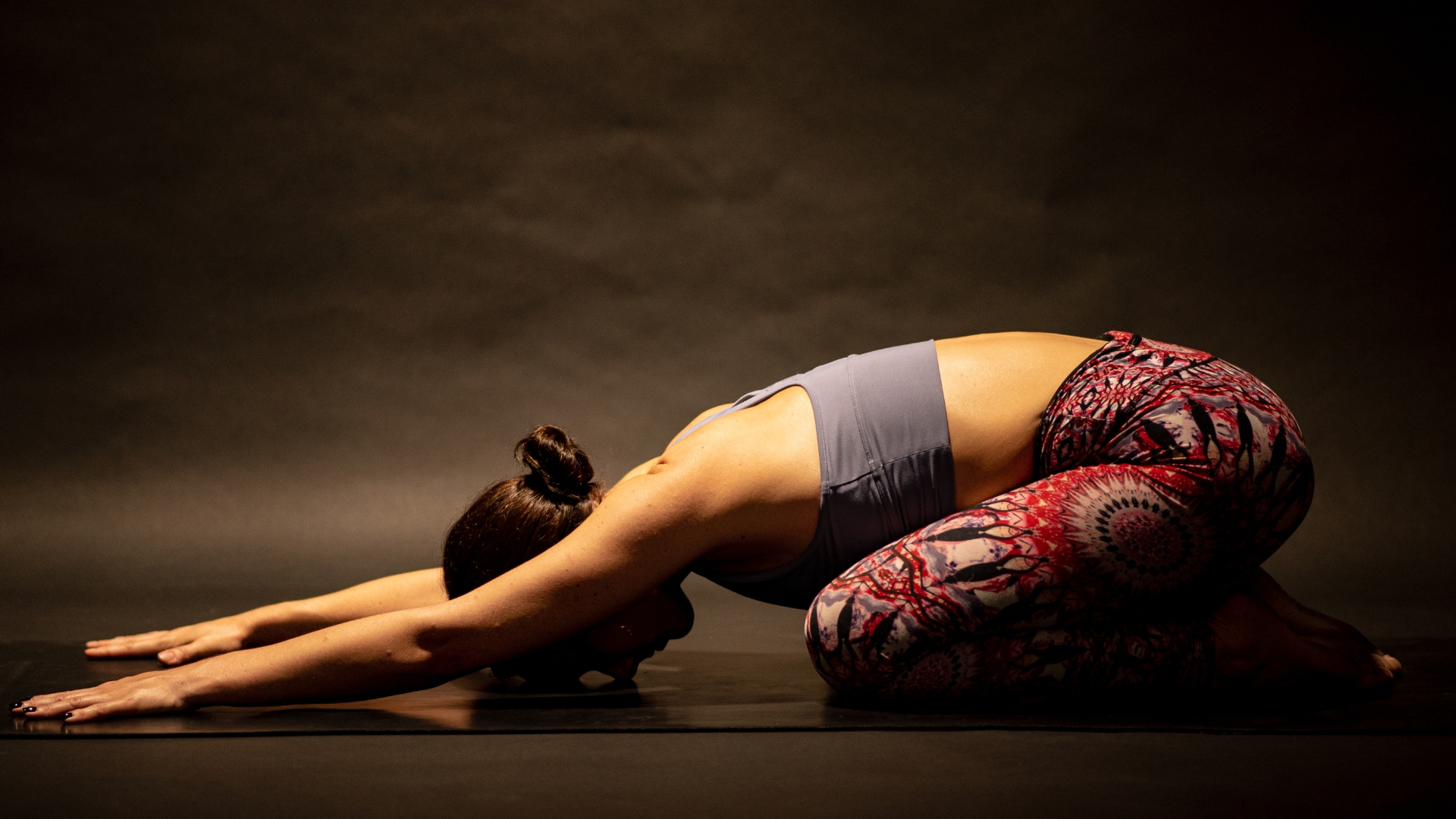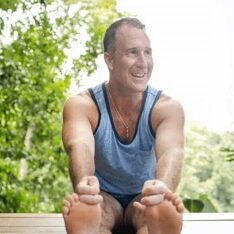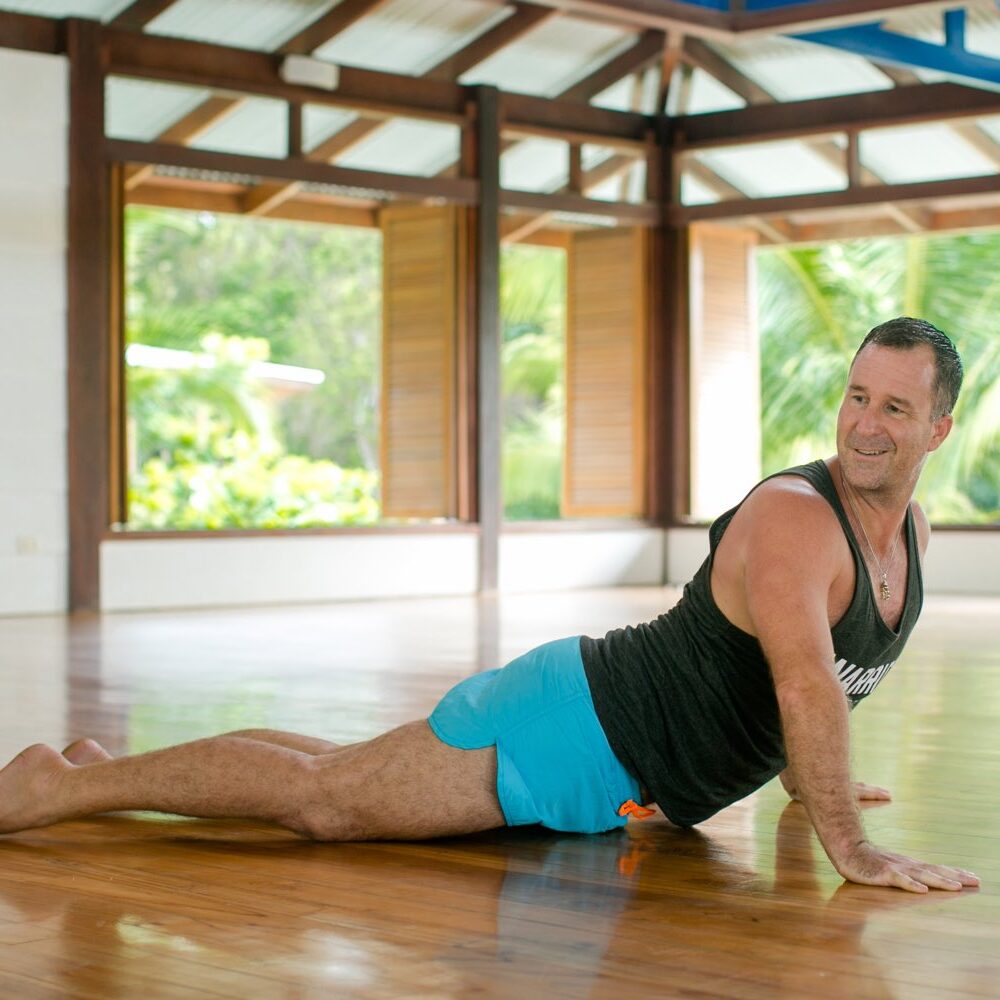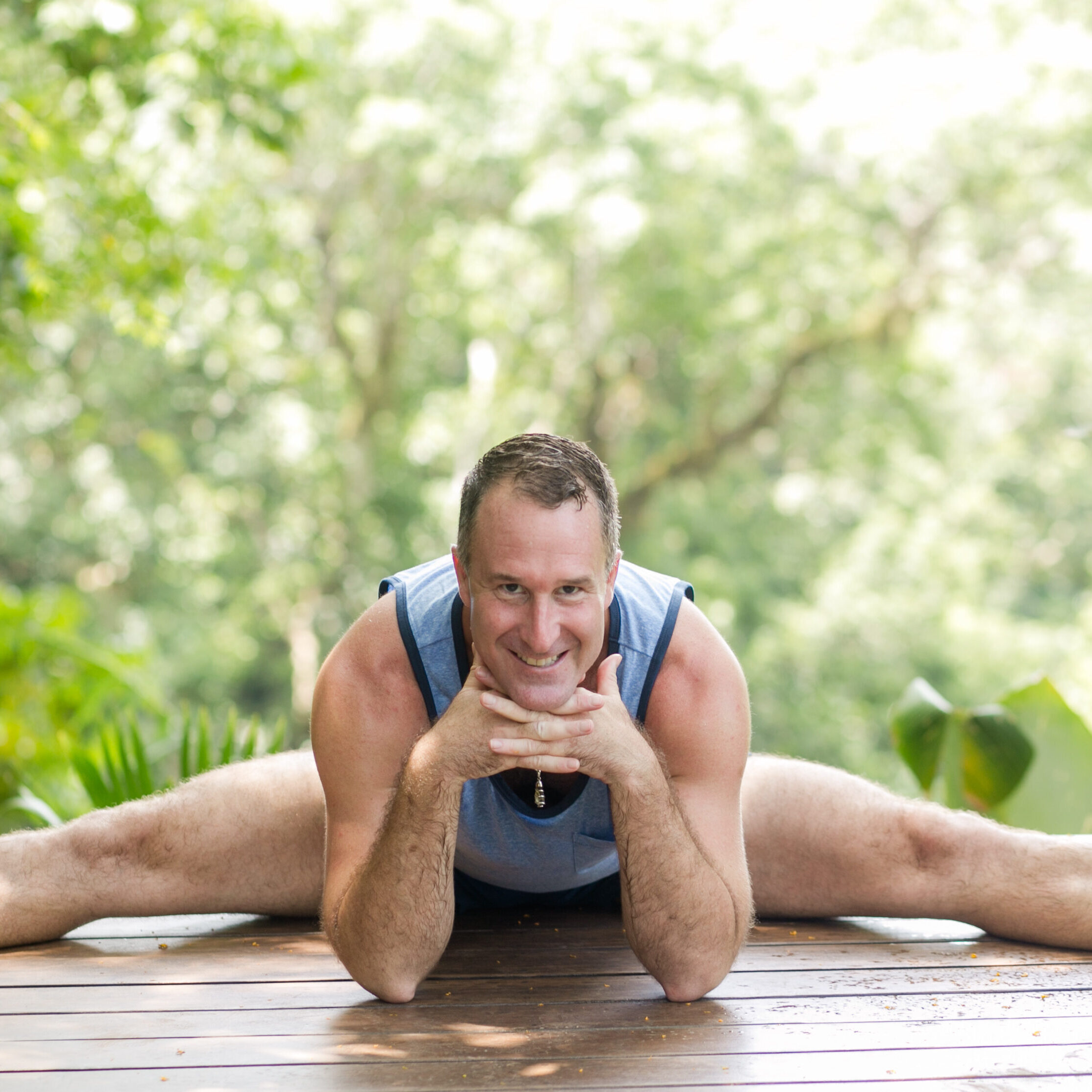Why You Should NOT Do Child’s Pose
Child’s Pose, or balasana, is an asana that is nearly inescapable in most yoga classes. You may hear your yoga teacher remind you that child’s pose is a “safe place” to go during any point of the class. In reality, it’s quite the opposite!
So why is practicing child’s pose so dangerous? Especially when it feels so good? While practicing child’s pose may feel nice in the moment, it’s important to understand what is really happening in the body while practicing this pose.
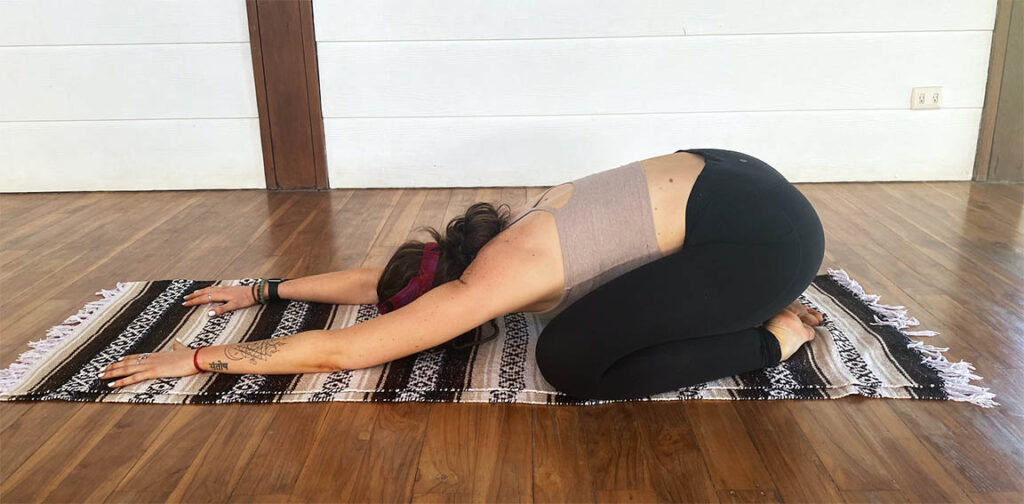
Passive Stretching
To practice child’s pose is to practice passive stretching. This occurs when one uses external force in order to stretch beyond their natural range of motion. Passive stretching actually weakens the neuromuscular connection between mind and muscle. Imagine that there is a phone line running from your muscles to your brain. When we practice passive stretching, the affected muscle’s phone line is severed. The brain can no longer communicate with the muscle, and therefore the muscle cannot properly contract when necessary.
Many people believe that gaining more flexibility will improve mobility, and that passive stretching will aid them in achieving this goal. However, this is simply not true. Muscles move bones, and in order for muscles to move those bones, they must contract properly. Therefore, when we passively stretch, and the ability for muscles to contract is lost, NO mobility is gained. Instead, the overstretched muscles are left vulnerable to injury. Additionally, the body will recruit the help of other muscles to do the job. In this situation, your body does not feel safe, tenses up, and will result in pain in the future.
In the case of child’s pose, the hips are in extreme flexion and the glutes/lower back are in extreme extension. Both of these areas are being weakened, and there is no accountability for the motion created in this pose. The gluteal muscles are being weakened by being overstretched. This may cause, in the future, surrounding muscles to overcompensate and take on the load of the weakened gluteal muscles. Muscles that are not well enough equipped to handle that load will eventually put out a signal of distress. That signal is pain. This is how practicing child’s pose can actually contribute to lower back, hip, and knee pain. This is a great example of how getting quick relief from pain can sometimes make the pain worse. To learn more, pick up a copy of Yogi Aaron’s book Stop Stretching!: A New Yogic Approach To Master Your Body And Live Pain-Free.
Benefits of Child’s Pose?
There are many misconceptions surrounding child’s pose and its supposed benefits. Some of these misconceptions include:
- Helps with low back pain
- It promotes mental relaxation
- Stretching/increasing flexibility
The truth is, there are more beneficial methods to accomplish all of the above-listed goals. Including child’s pose in your yoga practice is not necessary, and skipping out on this popular pose will have you thanking yourself later.
Alternatives to Child’s Pose
Back Pain
In order to reduce back pain, instead of stretching the muscles, try activating and stabilizing the muscles. This will not only reduce pain but also improve the range of motion. The perfect yoga pose for this is locust pose, shalabhasana. This pose strengthens the longissimus and provides stability to the spine.
To practice shalabhasana:
- Lay on the stomach with the arms extended at the sides.
- Keep the crests of the hips pressing down into the floor.
- On an inhalation, lift both the chest and the legs.
- Focus on the spine and try to relax the glutes.
- Keep the focus on your natural gaze to avoid straining the neck.
Mental Relaxation
Many people practice child’s pose for its calming and relaxing effects on the body and mind. While it may be bringing about these peaceful feelings in the moment, this asana is actually stressing out the muscles in the long run which will result in the opposite of relaxation in the body and mind.
The perfect alternative is called crocodile pose, or makarasana. This asana reduces stress and tension and promotes sleep and deep relaxation. It has also been shown to regulate blood pressure and reduce anxiety. Covering the face and eyes as shown below, brings a calming effect to the brain and body. Makarasana is the perfect resting pose.
To practice Makarasana:
- Lay down with your stomach and thighs on the floor.
- Fold your arms so each hand rests on the opposite elbow.
- Allow your forehead to rest on the forearms and close the eyes.
- Try to completely relax the body.
- Option to rock the forehead back and forth on the forearms to relieve tension held in the brow.
Stretching/Increasing Flexibility
Many people practice child’s pose to open the hips, the hamstrings, and the lower back. As we now know, stretching is not the way to go when addressing a tight area of the body. In many cases, tight or painful areas of the body indicate that some muscles are compensating for other weak muscles. So, the best response would be to strengthen and stabilize surrounding muscles and avoid stretching. Stabilizing the muscles and joints will consequently result in increased mobility and flexibility.
Some of the major muscle groups to focus on would be the hip flexors, the glutes, adductors, abductors, the hamstrings, and the quadriceps. All of these muscles help to keep the hip joints stable and secure. The hip flexors are also connected to the lower vertebrae of the spine, so the practitioner of hip flexor stabilization exercises is also likely to feel positive effects in the lower back.
Flipping the Script
It may be difficult to think of leaving child’s pose out of your yoga practice. After all, it is used in so many yoga classes around the world! It would only make sense to have some attachment to this posture if you have practiced it many times in your life.
We just invite you to simply consider a different perspective on things: a new way of looking at your yoga practice, focused on keeping the body stable and supported. Applied Yoga Anatomy and Muscle Activation (AYAMA™) has a goal of reducing or eliminating pain in the practitioner’s body, so they can then move on to deeper levels of their yogic practice.
From an AYAMA™ perspective, balasana is not a beneficial pose to practice. The harm that it does to your muscles through over-stretching outweighs any perceived benefits. This is a pose often perceived to mitigate lower back pain, but in actuality, it can contribute to it. Practicing child’s pose also leaves the trunk and lumbar spine open and vulnerable to injuries. So many muscles are affected by this posture, that are so vital for everyday movements. Therefore, it is important to prioritize their maintenance!
Overstretching makes our muscle’s job of staying stable during everyday motions that much more difficult. AYAMA™ exercises actually help to protect the joints and muscles, by reconnecting the neuromuscular pathways between the muscle and brain. Allowing for more control of the muscle. The more we practice child’s pose, the less of a connection there is. This results in the detriment to the affected muscles’ ability to contract on demand and function properly.
Not to mention, there are so many alternatives that can bring the exact same desired benefits. So, maybe it is time to flip the script and start looking at things from a new, more stable, perspective. This doesn’t mean avoiding going to your favorite teacher’s yoga class, who is known for using child’s pose. Maybe instead, try sitting back on your heels, or choose another comfortable pose for resting. See what feels right in your body, and pay attention to any differences as you shift your practice. Remember, yoga is about uniting yourself with yourself. Gaining a better understanding of the self through practices of the mind, body, and breath. You are your own greatest teacher.
Check out Yogi Aaron’s many AYAMA™ workshops and exercise videos on YouTube. And if you’re really resonating with Yogi Aaron’s unique approach to yoga, we invite you to join a yoga teacher training at Blue Osa!


